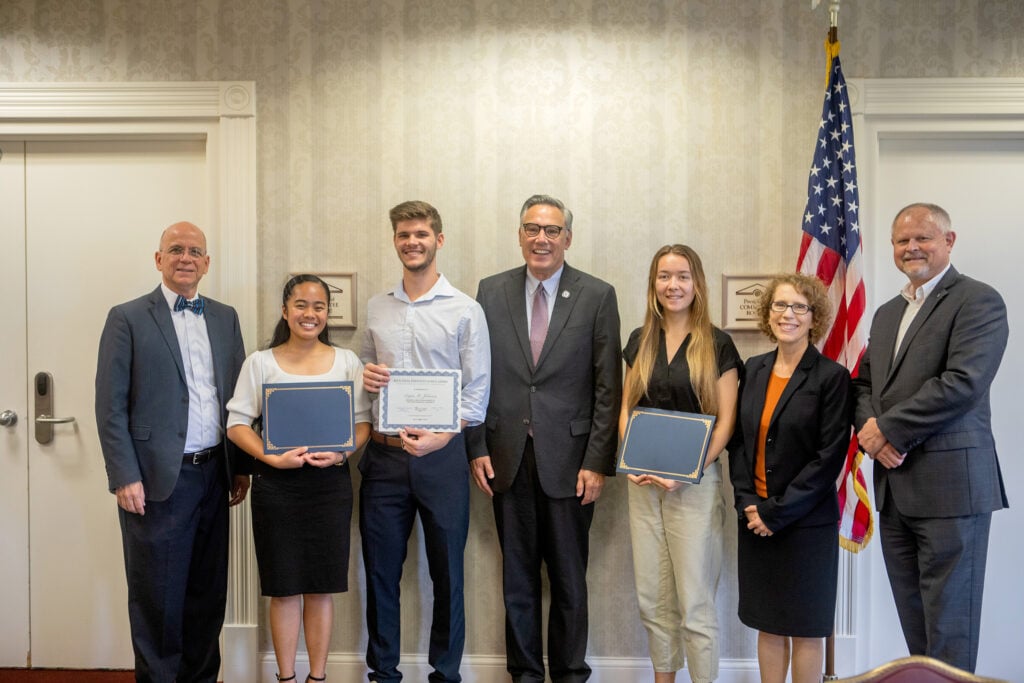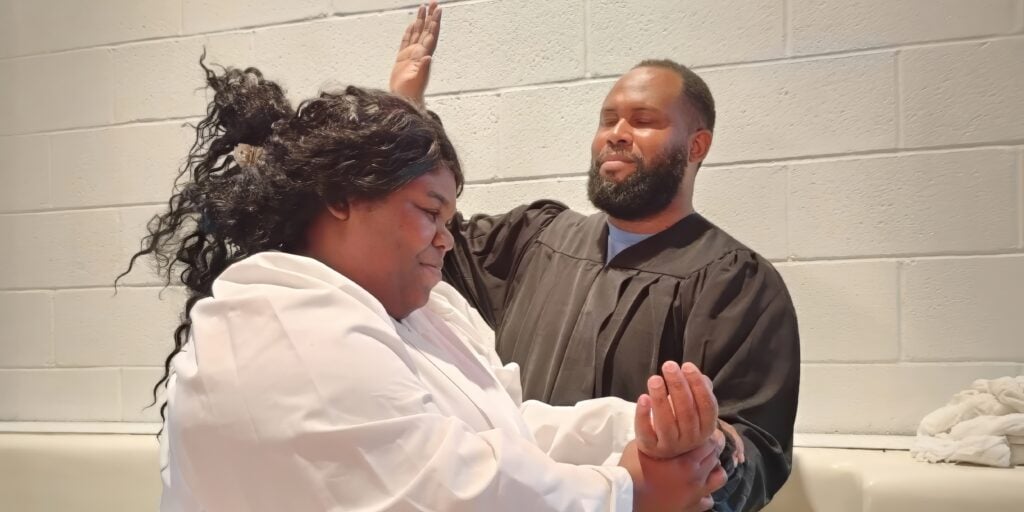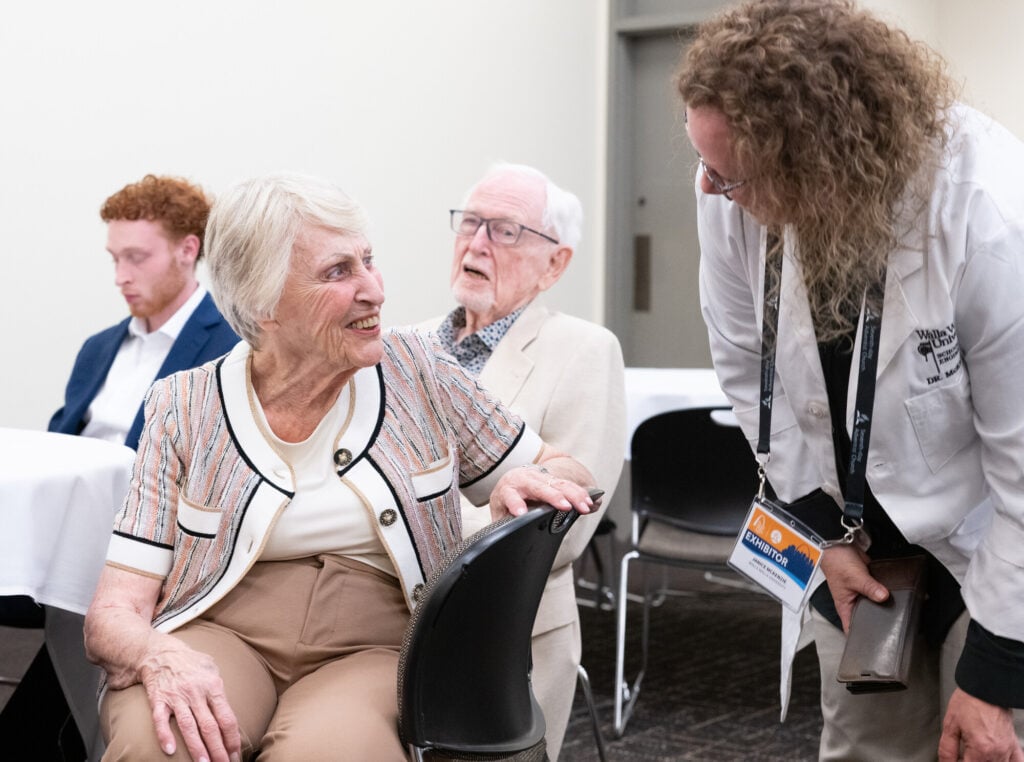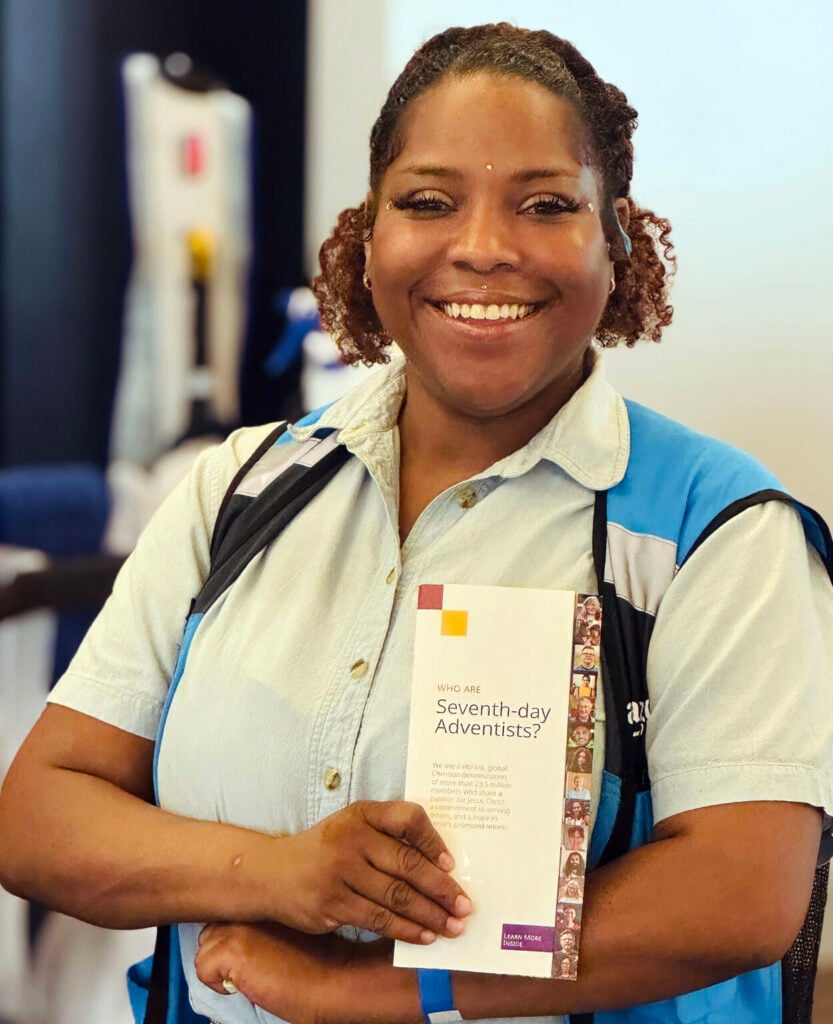At the heart of the Seventh-day Adventist Church’s mission lies a deep commitment to healing — not just of the body, but of the whole person. That commitment was on display at the 2025 General Conference (GC) Session in St. Louis, Missouri, where the five healthcare systems in the North American Division (NAD) united to present a compelling witness to medical ministry as an extension of gospel work.
From July 3-12, 2025, the exhibit hall in St. Louis buzzed with energy as the GC Session featured a landmark health pavilion and a special health care dinner, marking a historic moment of collaboration among AdventHealth, Adventist HealthCare, Adventist Health, Loma Linda University Health, and Kettering Health.
This was more than an institutional showcase — it was a declaration of purpose. With interactive exhibits, virtual reality simulations, and a prayer tree where visitors could leave handwritten petitions, the pavilion brought together faith and innovation in a tangible demonstration of whole-person care.
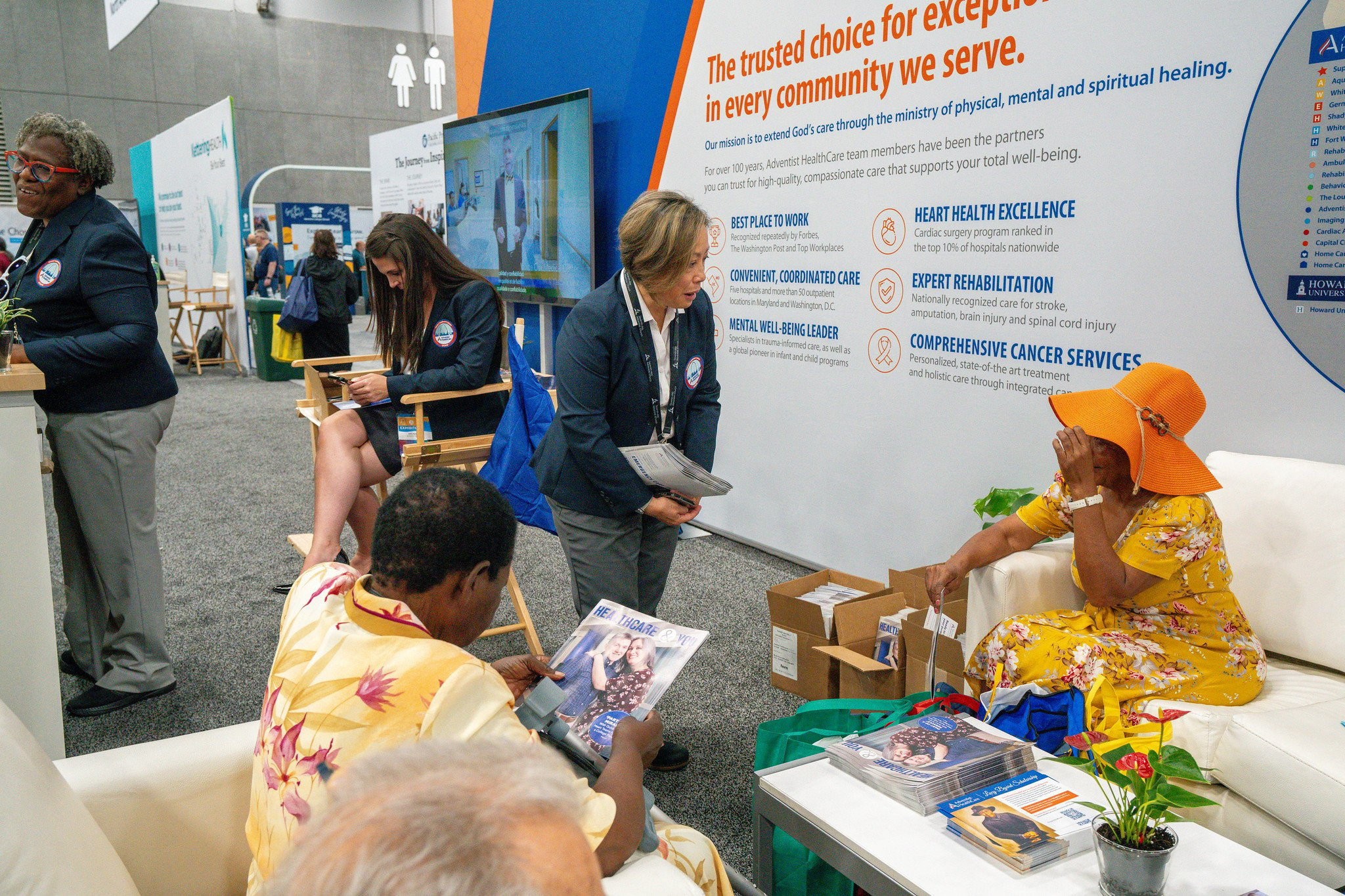
From Institutional Presence to Missional Impact
Adventist healthcare systems CEOs stood alongside chaplains, clinicians, and communications teams to interact with visitors — from future students and potential partners to curious church members. The pavilion became a place where questions about medicine and mission were welcomed with open hearts.
Organizers envisioned the pavilion as both a source of inspiration and a testimony to Adventist health systems’ commitment to serve not only in faith-friendly environments but also in secular and underserved regions.
While greeting visitors, John Sackett, CEO of Adventist HealthCare, offered this affirmation of their shared identity. “The number one thing is, even though we have different names in all our systems — we want everyone in the world to know that we are Seventh-day Adventist,” Sackett said. “We believe in the gospel commission, and we are here not just to treat people, but we want everyone to know we are a part of the work.”
Sackett also addressed misconceptions among some Adventists, saying, “Sometimes people think the hospitals have left the church, and that is just not true. We want to be counted as a part of the movement, and the church can count on us to support the work of spreading the gospel. That is the reason we are here.”
Balancing Medical Excellence and Spiritual Ministry
These systems continue to be at the forefront of medical science while staying rooted in their Adventist identity. Leaders such as the Michael Gentry, Kettering Health CEO, reflected on how the mission must start with real-world needs:
“It starts with meeting people where they are — chronic disease management,” Gentry said.
That philosophy echoed across the pavilion, where Adventist hospitals presented themselves not merely as treatment centers, but as mission outposts.
Visitors didn’t just walk away with brochures. They left with a clearer sense of how Adventist healthcare merges compassionate, Christ-centered care with high-quality, evidence-based medicine.
Sackett emphasized that the mission also includes employees.
“It’s a great place to work,” he said. “Employees feel comfortable sharing that they are Christians.”
Kerry L. Heinrich, president and CEO of Adventist Health, underscored the sacred responsibility carried by healthcare teams, saying, “Over and over, I am approached by our employees who say it is amazing to be in an environment where we can pray with our patients, we can talk about faith, we can talk about end-of-life issues.
“Not every employee is an Adventist, but we are an extension of the healing ministry of Christ, and something that I think gives us a reason to exist — a right to exist — and I say to our workforce: If you can’t demonstrate the reason we connect faith with how we administer and deliver care, we have no right to exist.”
A United Tribute: Vision and Mission
The unity displayed in the exhibit hall health pavilion extended into the evening at the health care dinner — the first time all five NAD healthcare systems joined together during a GC Session. The dinner honored Dr. Peter Landless, the outgoing director of the General Conference Health Ministries department, whose dream it had long been to see this kind of collaboration.
For Landless, who had dedicated his career to advancing global Adventist health ministry, the evening was both a surprise and a fulfillment.
“I did not know this was about me, so it’s a huge privilege,” he said. “But much bigger than that is the fact that for the first time, five systems came together with a significant group of the world church. It is a signal of the unity in which each system is committed to mission. I am convinced that each of our hospitals around the world is focused on extending the healing mission of Christ.”
Landless, known for his calm leadership and global vision, was visibly moved by the tribute. His legacy will shape the next generation of Adventist health ministry.
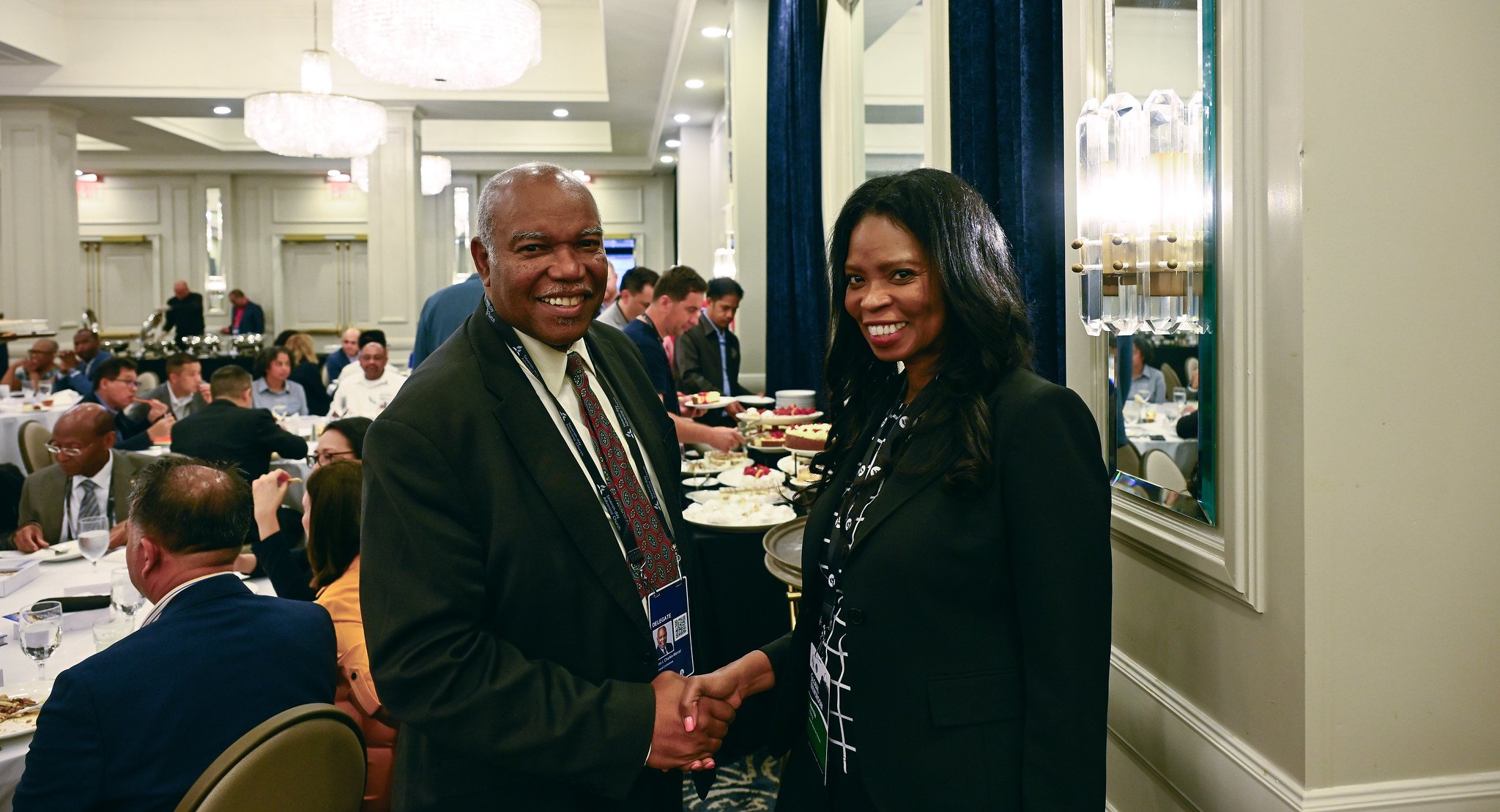
Looking Ahead
Dr. Zeno L. Charles-Marcel, the incoming General Conference Health Ministries director, spoke of the importance of the moment:
“The significance of the healthcare dinner is a rejoining of us working together. We have Adventist health ministries, but we also have an Adventist healthcare ministry, and that needs to be nurtured just as much as the other parts of our ministry.”
He also shared his vision for his role ahead:
“Working together, collaborating, sharing resources that of knowledge, resources, technology transfer. One focus. One mission.”
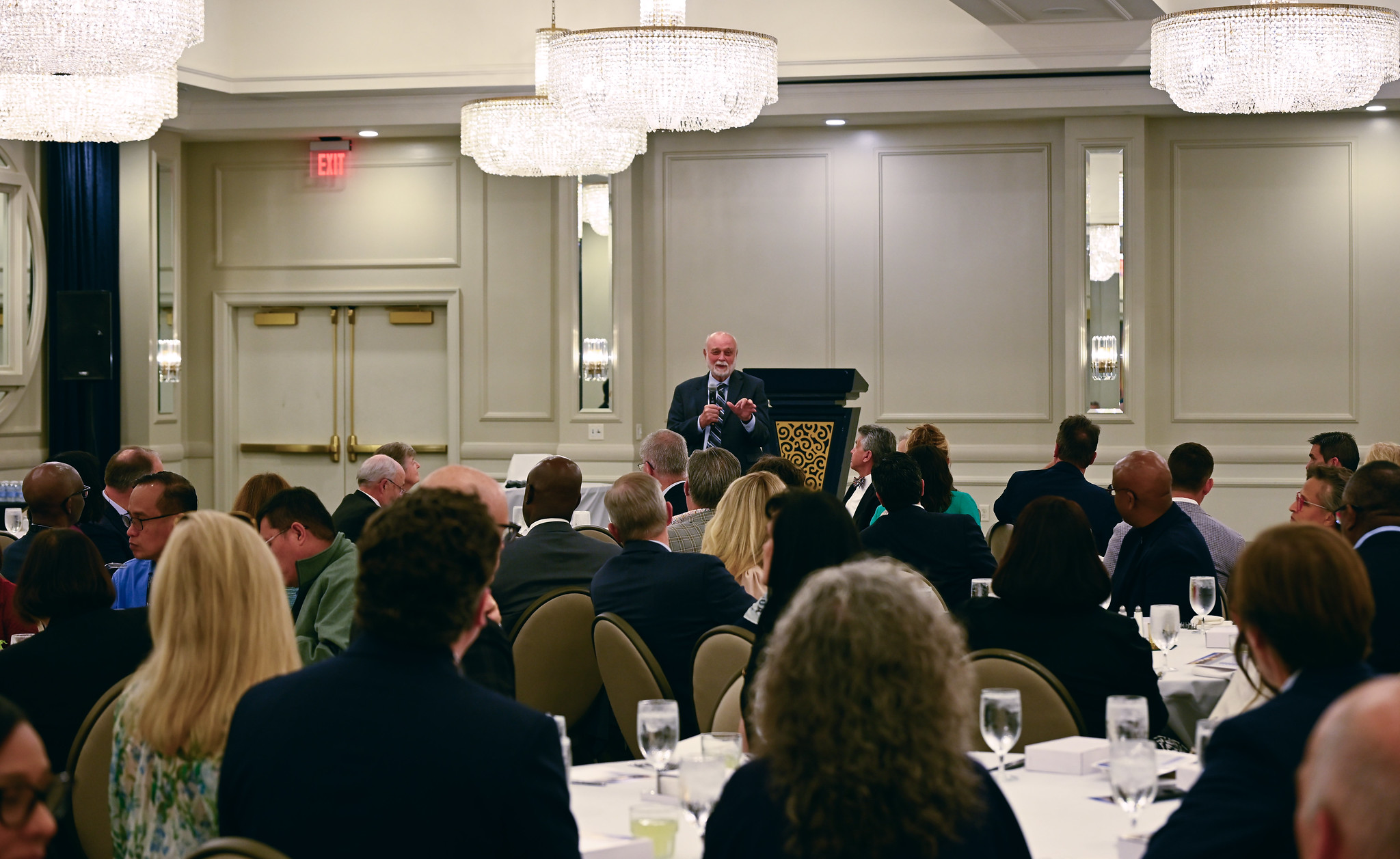
Mission Beyond Zip Codes
These healthcare leaders were also acutely aware of the growing environmental and societal challenges impacting the delivery of care. David Banks, CEO of AdventHealth, addressed the challenges:
“The most recent legislation that passed is going to exclude 9 million vulnerable people. So, the challenge with that is that our mission cannot be considered complete if it only works in the zip codes where people have payment.
So it forces us to think about where we need to collaborate, find partnership — and this is where we are different from other healthcare Adventist systems.
We need community partnerships. We need to come alongside the YMCA, social service agencies, community health clinics, mental health clinics, food pantries. And we are committed to do that.
So it just means we have to think harder about those places.”
One Mission, One Message
Throughout the 2025 GC Session, the health pavilion and the health care dinner stood as powerful symbols of Adventist healthcare’s collective strength, unity, and spiritual calling.
As Adventist healthcare moves into the future, this historic collaboration promises to set the tone for deeper partnerships, more coordinated mission strategies, and an enduring commitment to the gospel of healing — in every language, every zip code, and every corner of the world.
The 2025 GC Session has made one thing abundantly clear: healing is not an accessory to the church’s message — it’s at the heart of it.
— Herma Percy, Ph.D., is a reporter for the North American Division at the 2025 General Conference Session.

